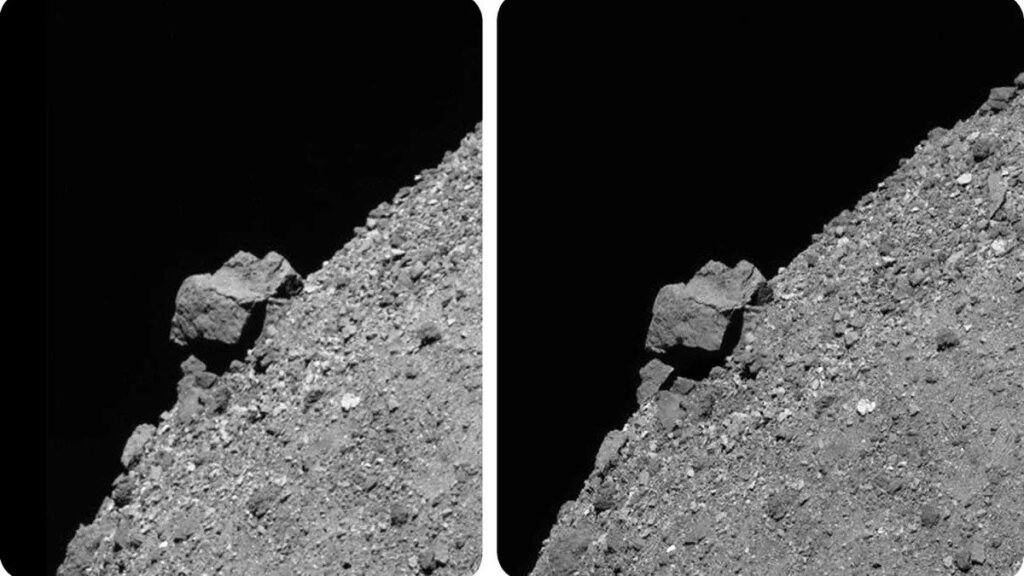British musician and astrophysicist Brian May recently released an atlas of 3D images of the asteroid Bennu. To do this, he teamed up with scientists who work with the OSIRIS-Rex apparatus, which has been exploring this celestial body for many years.

Brian May released an asteroid atlas
The former guitarist of the legendary band Queen, Brian May, recently released the world’s first 3D atlas of the surface of an asteroid. According to it, everyone can study what Bennu looks like — a fairly large rock orbiting the Sun in the asteroid belt.
76-year-old May is not only a musician. He also has a degree in astrophysics; he was part of the team of scientists who worked with the New Horizons spacecraft. He is a co-founder of an organization aimed at raising public awareness of asteroid danger.
The atlas published by May is called Bennu 3-D: Anatomy of an Asteroid. It is a series of pairs of images taken by the OSIRIS-Rex spacecraft during its mission to Bennu. With the help of a small device that works on the principle of human eyes, two images can be combined into one, three-dimensional.

OSIRIS-Rex Mission
May has been interested in stereo images all his life. In March of this year, he already showed the public a 3D of a giant rock photographed on the surface of Bennu. In order to create a whole album of such images, the musician teamed up with Dante Lauretta, the chief researcher of the OSIRIS-Rex mission.
The asteroid Bennu has a small chance of colliding with Earth within the next 300 years. Therefore, it was not surprising that, back in 2019, Brian May joined the team studying it. And in October 2020, OSIRIS-Rex touched the surface of this celestial body and took a sample weighing about 60 grams; now it is taking it to Earth.
This is not the first asteroid material to reach Earth. Earlier, the samples were already delivered by the Japanese devices Hayabusa-1 and Hayabusa-2. However, the OSIRIS-Rex capsule is still eagerly awaited.
According to www.space.com
Follow us on Twitter to get the most interesting space news in time
https://twitter.com/ust_magazine
